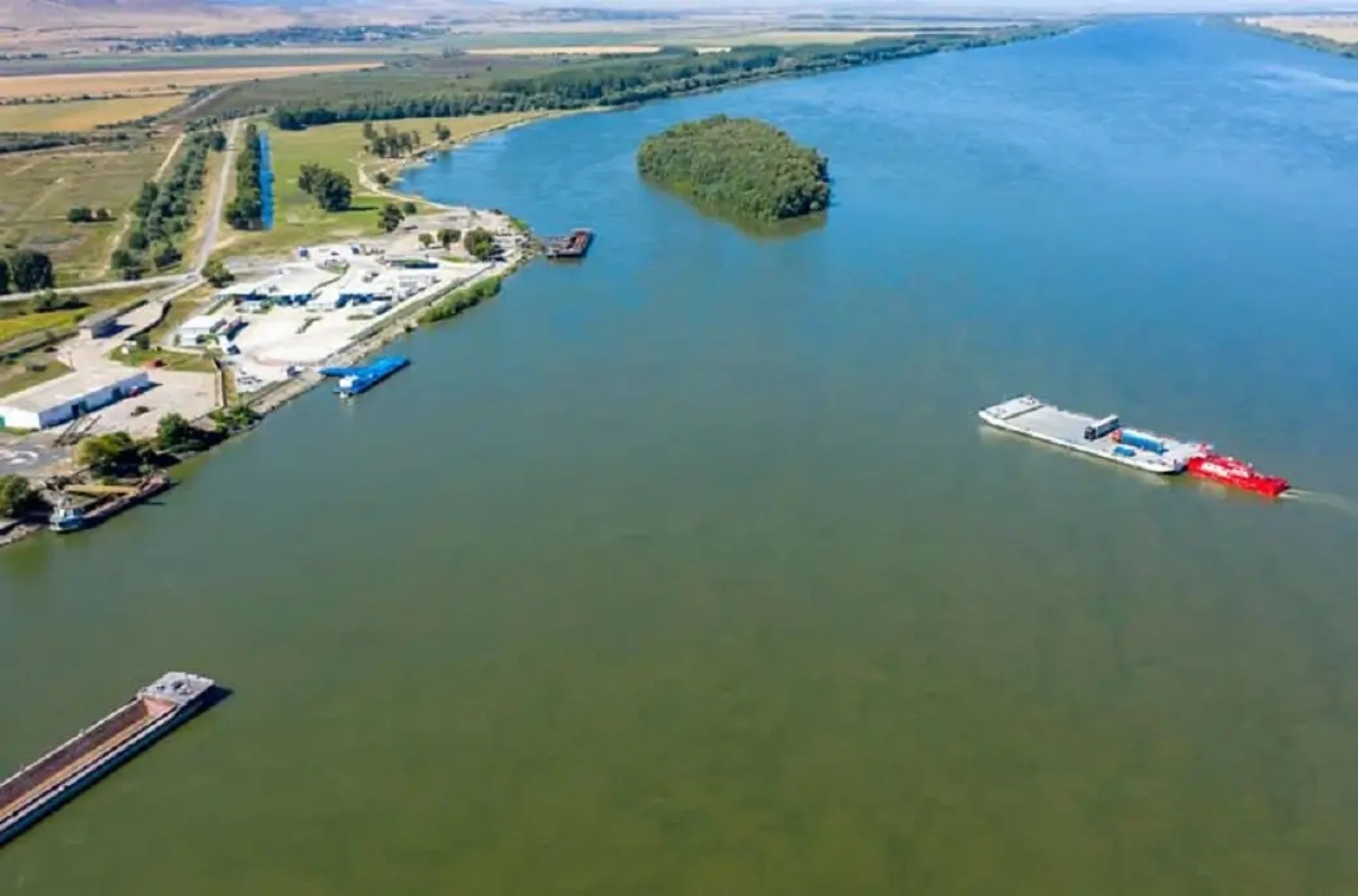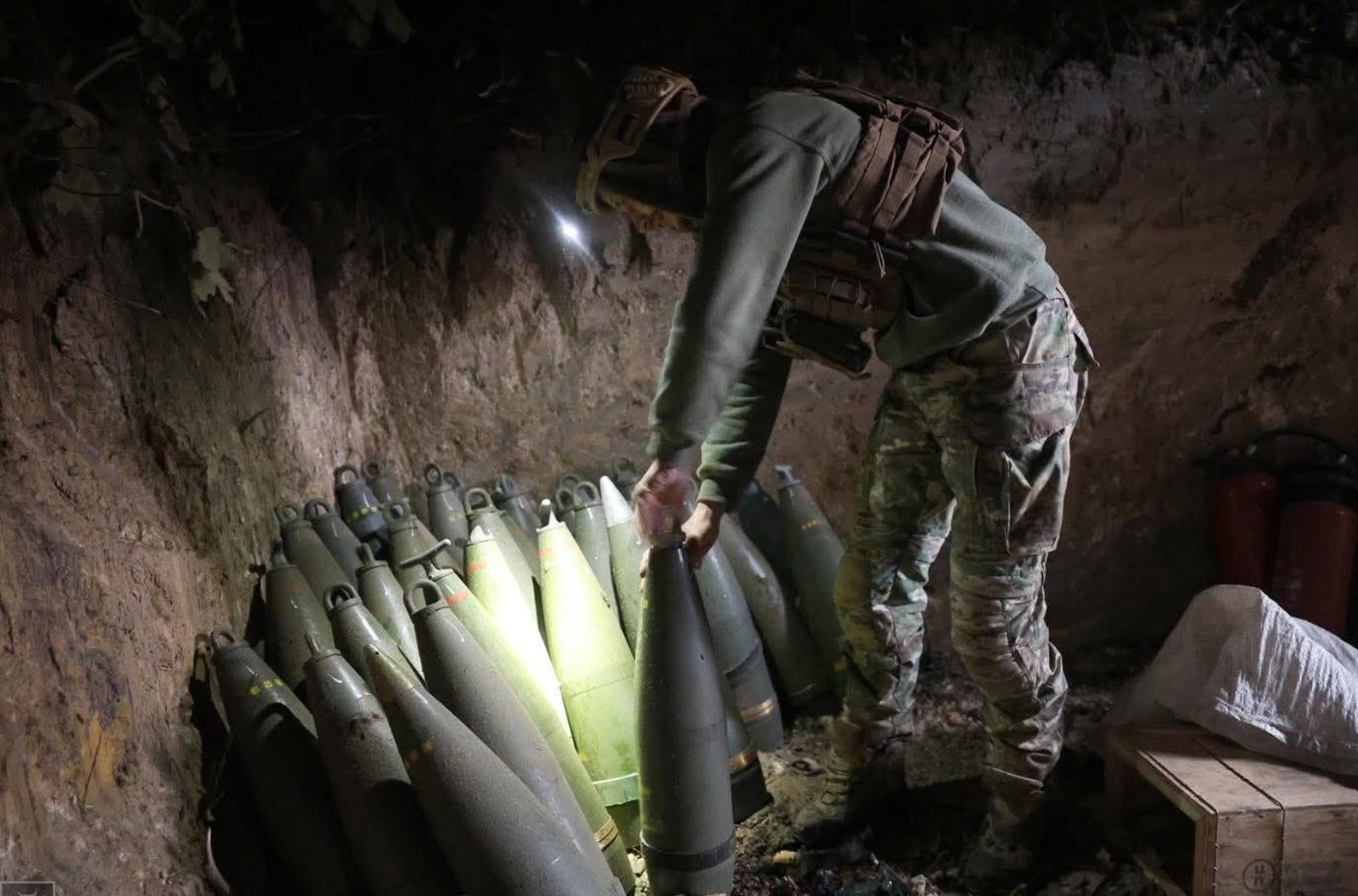No major front collapses are expected before the end of the year. Russia is betting on continuing a slow grind, and by the end of the year both sides will have to pull out a big calculator, tally up accumulated economic, material, and human problems, and assess their ability to continue.
The threat to Sumy lies in intensified shelling as the Russian Armed Forces approach. Capturing the city is not currently on the agenda — the Russians would need far more forces for that.
Despite drones and various technologies, the main factor in this war remains the ratio of manpower on the front lines. We saw this at the start of the war, when after the Ukrainian breakthrough, Russia’s mobilization sharply changed the picture—from 180,000 on the front in September 2022 to over 400,000 at the start of 2023—and the trend continued: over 500,000 at the beginning of 2024 and more than 600,000 expected at the start of 2025. Because of this buildup and the fact that Ukraine cannot match those numbers, the war remains largely static; otherwise Ukraine would still be advancing.
Operation "Spider Web" was excellently executed, but since it does not directly influence the frontline situation, it was never intended to. War is a complex endeavor. In this case, it reduces the Russian Armed Forces’ ability to operate in Ukraine’s rear, while forcing Russia to allocate more resources to protect all objects even deep in its own rear. Action must be taken as deep as possible, and Ukrainians are doing their best to close the gap in range of strike means — which Zaluzhnyi mentioned as lacking back in September 2022. The range of long-range drones is already over 1000 km, and where drones can’t reach, trucks with copters go.
Many in Ukraine believe Russia intentionally targets civilians. I say Russia simply doesn’t care about civilians; their goal is to strike military, industrial, or economic targets, and however many civilians die in the process is irrelevant to them. Philosophically, this may be even worse, but the fact remains: while every human death is a tragedy, from a purely cold military standpoint, few civilians die compared to WWII or many other wars. Civilians are simply not the target.
As I’ve been saying since late 2022, this war has taken the form of a war of attrition, similar to the Iran-Iraq war. That war lasted eight years, and right now everything depends on will and morale. In terms of resources, the war could continue for a long time; the level of losses and hardships hasn’t yet reached a breaking point physically. Aside from nuclear weapons, Russia has no real wonder-weapons — sure, there will be more Oreshniki, Iskanders, Kinzhal missiles, Kalibrs, and Shaheds — but compared to the bomb load, damage, and casualties caused for example by the British in WWII, these are minor, if there is the will. So it’s a question of the desires of Ukrainian society and organizational capability. As I often use Georgia as an example: even if the Georgians had shown miraculous organization and Russia fought them as it does Ukraine, Georgia would have still been crushed. But Ukraine is not so easy to crush — the largest country in Europe with up to 30 million people — and it can resist if it organizes more efficiently in all areas.
At some point in the future — not necessarily soon, but it’s coming — in this war of attrition, if it does not end politically first, Ukraine will mathematically have to lower the conscription age for men and begin mobilizing women. Because Martians won’t come, and someone Ukrainian has to fight; new “drawers” in this cupboard will have to be opened. Ukraine won’t have enough volunteers; Russia’s numerical advantage plays a big role here, and Russia is trying hard to postpone a new mobilization for domestic political reasons, continuing to rely on volunteers as much as possible. Ukraine cannot do that, and the “18-24” project has shown this as well.
A war of attrition does not necessarily end with the complete exhaustion and collapse of one side. At some stage, one side may be willing to make concessions in negotiations. Then questions arise: does the agreement achieved meet the stated and real goals? Are the terms better or worse than previous ones? If worse, what was the fighting for? If better, was it worth the sacrifices? Perhaps yes, perhaps no — but these are questions for future history; for now, we are not there yet.
Europe is forging a shield to be better prepared for a possible war with Russia by around 2030. For now, Europe wants Ukraine to continue fighting and tying down Russian forces. Europe helps, but Ukraine fights and sheds blood. Europe does not force Ukraine; the decision to continue fighting or not is Ukraine’s.
The Finnish example is a close analogy to what Russia demands from Ukraine: ceding some territory, limiting sovereignty, “Finlandization” as a concept, officially looking to Russia in foreign and domestic policy, and so on. With one big catch: the Finns are fortunate that the Russians do not consider them a “brotherly people.” But Ukrainians are considered brotherly by Russia, so Russia will not let them go. This explains why many Ukrainians say they must not agree to any deal, because any agreement will only be a pause, after which Russia will wage war again. The whole issue of NATO expansion illustrates this: Russia generally takes Finland’s and Sweden’s NATO membership calmly, even though militarily it is often more dangerous than Ukraine joining NATO. If Ukraine joins NATO, what scares the Russian leadership is not NATO troops near their border or missile flight times, but Ukraine slipping out of Russia’s control. The Finns left, and that’s fine — they are foreigners. But Ukrainians are “their own,” and they cannot let them go. In short, happiness matters for everything.


















